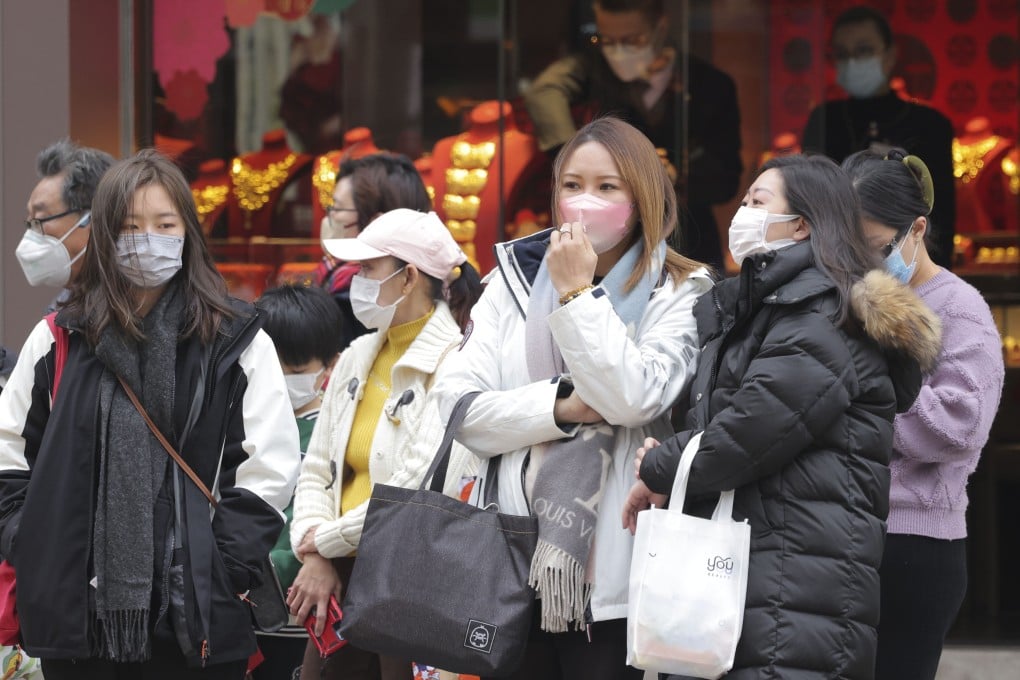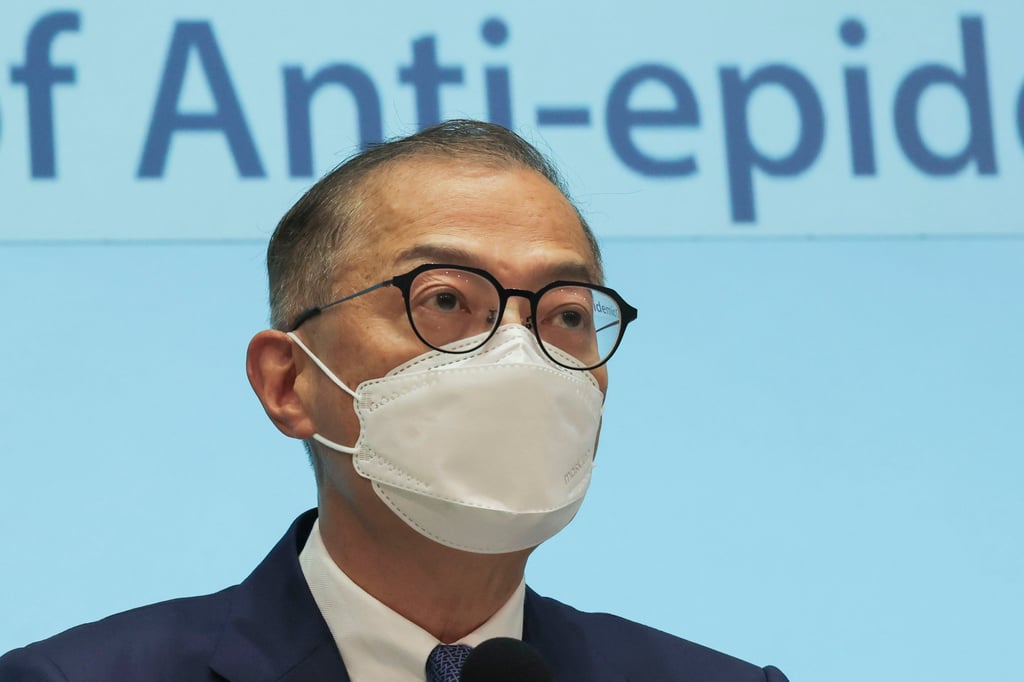Advertisement
Health minister hopeful Hong Kong will lift more Covid curbs after Lunar New Year, says city soon to begin next stage of border reopening
- Secretary for Health Lo Chung-mau says curbs easing to go ahead despite expected surge in cases after holiday, arguing city has strong immunity levels to combat virus
- Authorities closely monitoring data logged at border checkpoints and eyeing launch of second phase soon, minister adds
Reading Time:3 minutes
Why you can trust SCMP
9

Hong Kong’s health minister has expressed hope the city will lift more of its remaining coronavirus curbs after Lunar New Year, adding authorities would soon begin the next phase of reopening the border with mainland China.
The further easing of restrictions was set to go ahead even as Covid-19 cases were expected to surge after the holiday period, Secretary for Health Lo Chung-mau said, explaining the city had a “better immunity barrier” against the virus and a well-equipped healthcare system.
“The remaining measures are expected to be relaxed progressively and orderly. The sooner the better. We are very hopeful the relaxation will come after Lunar New Year,” he said on a radio programme that aired on Monday.
Advertisement
“But I must emphasise … we are not giving up on fighting the pandemic.”

But Lo stopped short of saying what measures would be rolled back in the pre-recorded interview.
Advertisement
Advertisement
Select Voice
Choose your listening speed
Get through articles 2x faster
1.25x
250 WPM
Slow
Average
Fast
1.25x